Can you get a sunburn from a margarita?
Well, yeah, it can and does happen! Summer is coming and we’re here to help you enjoy those refreshing summer beverages without getting long term sun damage.
Phytophotodermatitis - what a great word! - is a skin condition that occurs when certain plant chemicals, combined with exposure to sunlight, cause a painful inflammatory reaction. Limes are the worst culprits.
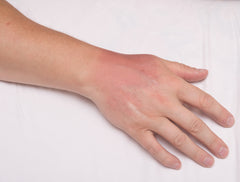
How can we get sunburn from a lime?!
When we’re hanging with friends outside, mixing drinks, squeezing limes- there it is. That juice goes everywhere, along with micro drops of essential oil from the rind. We’re in the glorious sun, skin covered in lime juice.
No big deal, right? Wrong. Sunlight interacts with chemicals in citrus and can cause an intense burn and can turn into a dark patch of skin that lingers for months or even years! Because this happens so often during the mixing of summer beverages, this condition is commonly referred to as “margarita burn.”
Other citrus fruits, carrots, celery, dill, fennel and parsley can also cause this condition. Phytophotodermatitis can result in significant discomfort and skin damage if not properly treated.

What causes it?
Let’s nerd out on this. Phytophotodermatitis is triggered by the combination of specific plant chemicals called furocoumarins and ultraviolet light from the sun. Furocoumarins are naturally found in various plants. When these substances come into contact with the skin and are subsequently exposed to sunlight, they can cause a phototoxic reaction, leading to phytophotodermatitis.
Symptoms
The symptoms of phytophotodermatitis typically appear within hours to days after exposure to the offending plant material and sunlight. Common symptoms include:
- Redness: The affected area of the skin may become red and inflamed.
- Blistering: Blisters may develop, resembling those caused by a burn.
- Pain: The affected skin often feels tender, sore or painful to the touch.
- Itching: Itching and irritation may occur, leading to discomfort.
- Hyperpigmentation: After the initial inflammation subsides, the skin may darken, resulting in hyperpigmentation that can persist for weeks, months or even years.
Treatment
While phytophotodermatitis can be painful and distressing, there are steps you can take to alleviate and soothe the skin and promote healing.
If you come into contact with plants known to cause phytophotodermatitis, wash the affected area immediately with soap and water to remove the plant residue.
Apply cold compresses or ice packs to the affected skin. This will help to reduce inflammation, ease pain and reduce redness. Mist the Bulgarian Rose Hydrosol on the affected area and then apply a few drops of the Cucumber Aloe Rescue Gel to cool, soothe and hydrate skin as it heals.
Tip- keep both of these in the refrigerator during the warmer months for extra soothing power.
Topical treatments such as hydrocortisone creams, calamine lotions and the Zinc Rescue Cream can help provide relief from itching and inflammation.
Keep the affected area well moisturized to help ease dryness and promote healing.
It’s critical to protect the affected skin from further UV exposure until it has healed fully. Wear protective clothing, stay in the shade and use a broad-spectrum sunscreen with an SPF of 30 or higher.
In severe cases of phytophotodermatitis, or if symptoms persist or worsen despite home treatment, it’s time to seek professional help. Your doctor can prescribe stronger topical treatments to help manage symptoms and promote healing.
Prevention
Giving up fun in the sun is not an option. Luckily, there are several steps you can take to reduce your risk of developing phytophotodermatitis.
Be aware of trigger plants. Familiarize yourself with plants known to contain furocoumarins and be cautious when handling them when exposed to UV light. If you do come into contact with any potentially harmful plants, wash your hands thoroughly to remove any residue and avoid accidentally transferring it to other parts of your body.
Don’t apply citrus essential oils (lemon, lime, grapefruit, bergamot, etc.) to your skin within 8 hours of going into the sun. Skincare products (like our Detox Lemon Drop collection) that contain less that 1% of citrus essential oils should be just fine.
Tip: We use “bergaptene free” Bergamot essential oil in our formulas. Bergaptene is the chemical in bergamot oil that causes photosensitivity and is removed by steam distillation.
Wear protective clothing (long sleeves, pants, gloves, etc.) when you’re adventuring or working outdoors or in environments where exposure to phototoxic plants is possible.
Apply sunscreen with an SPF of 30 or higher daily. Reapply as needed, especially when participating in outdoor activities.
By understanding the cause, symptoms and treatment options for phytophotodermatitis, you can take the precautions needed to protect your skin while still enjoying sunny weather.
Read Next: Serums for a Spring Glow
Shop This Post:
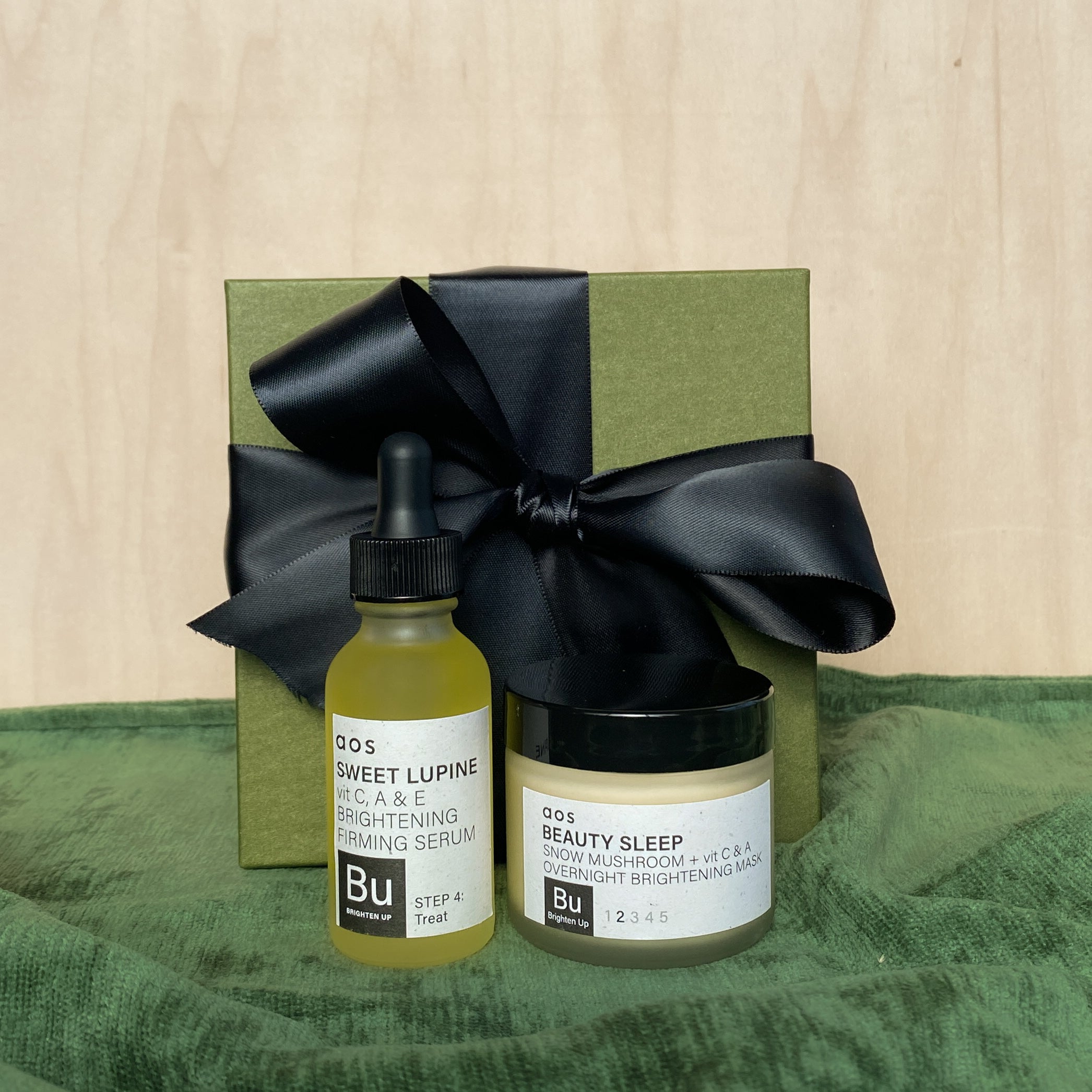

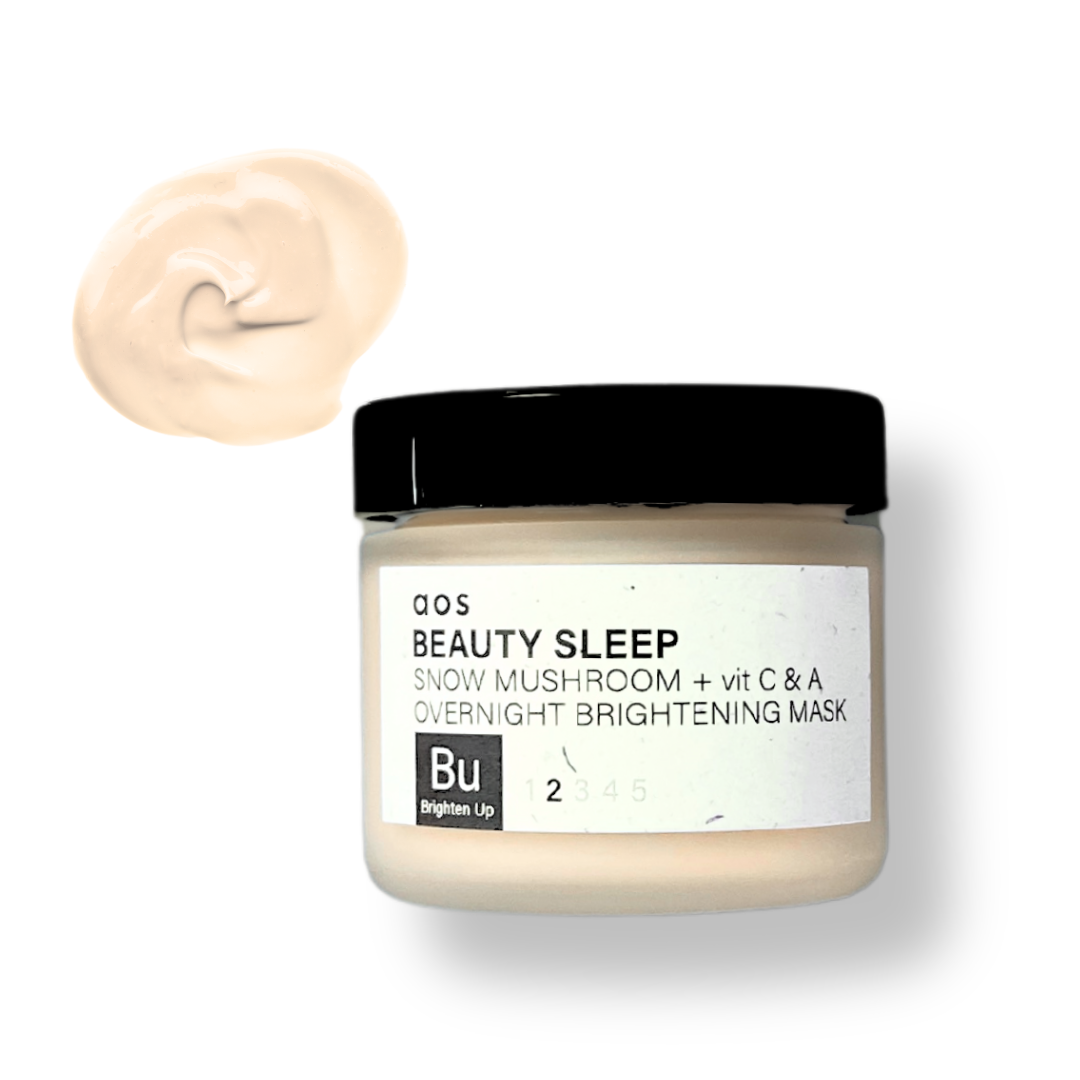

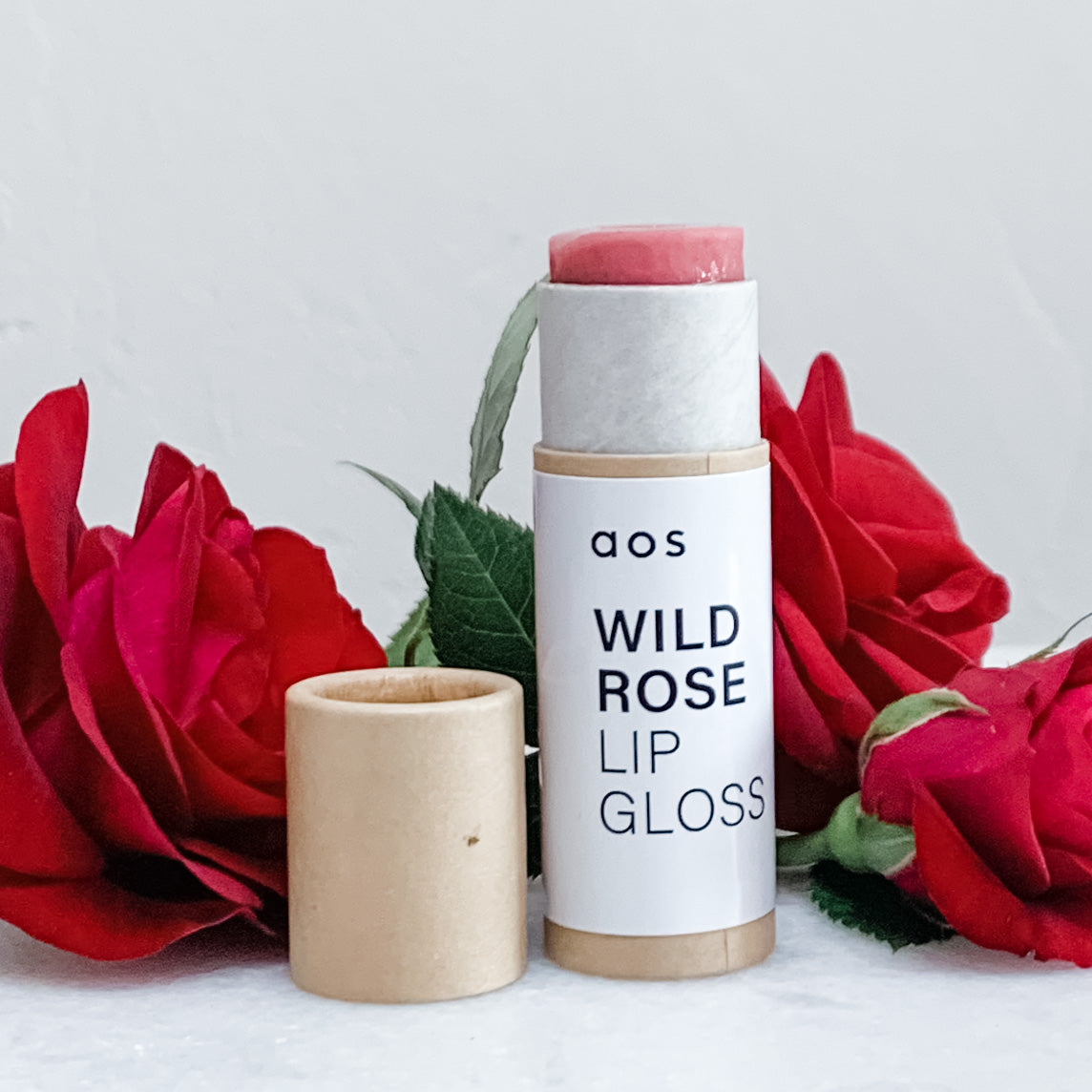
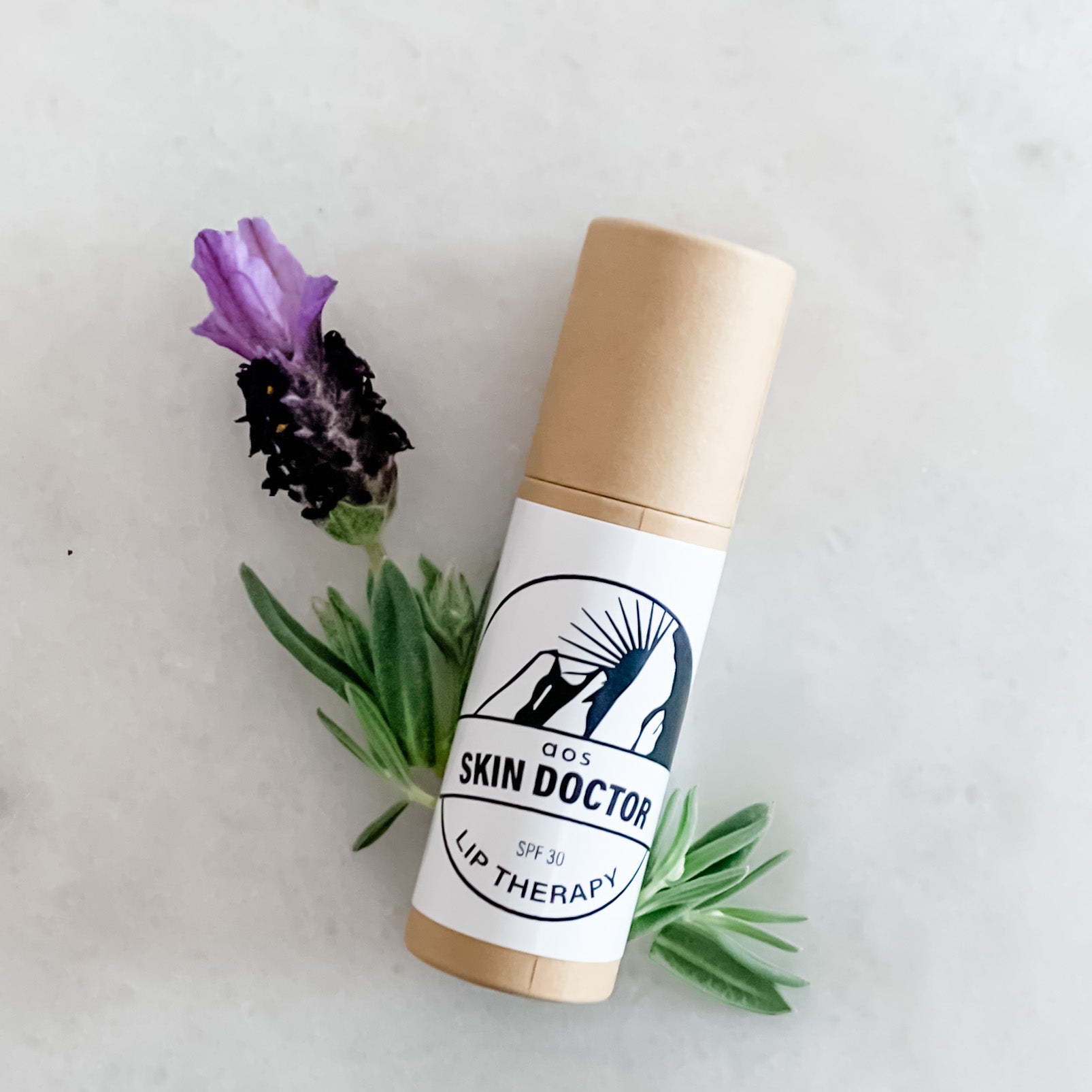



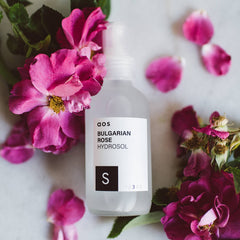
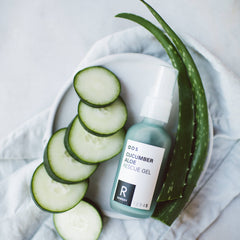
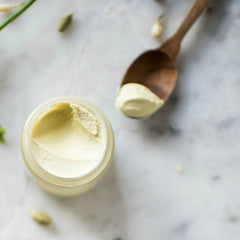






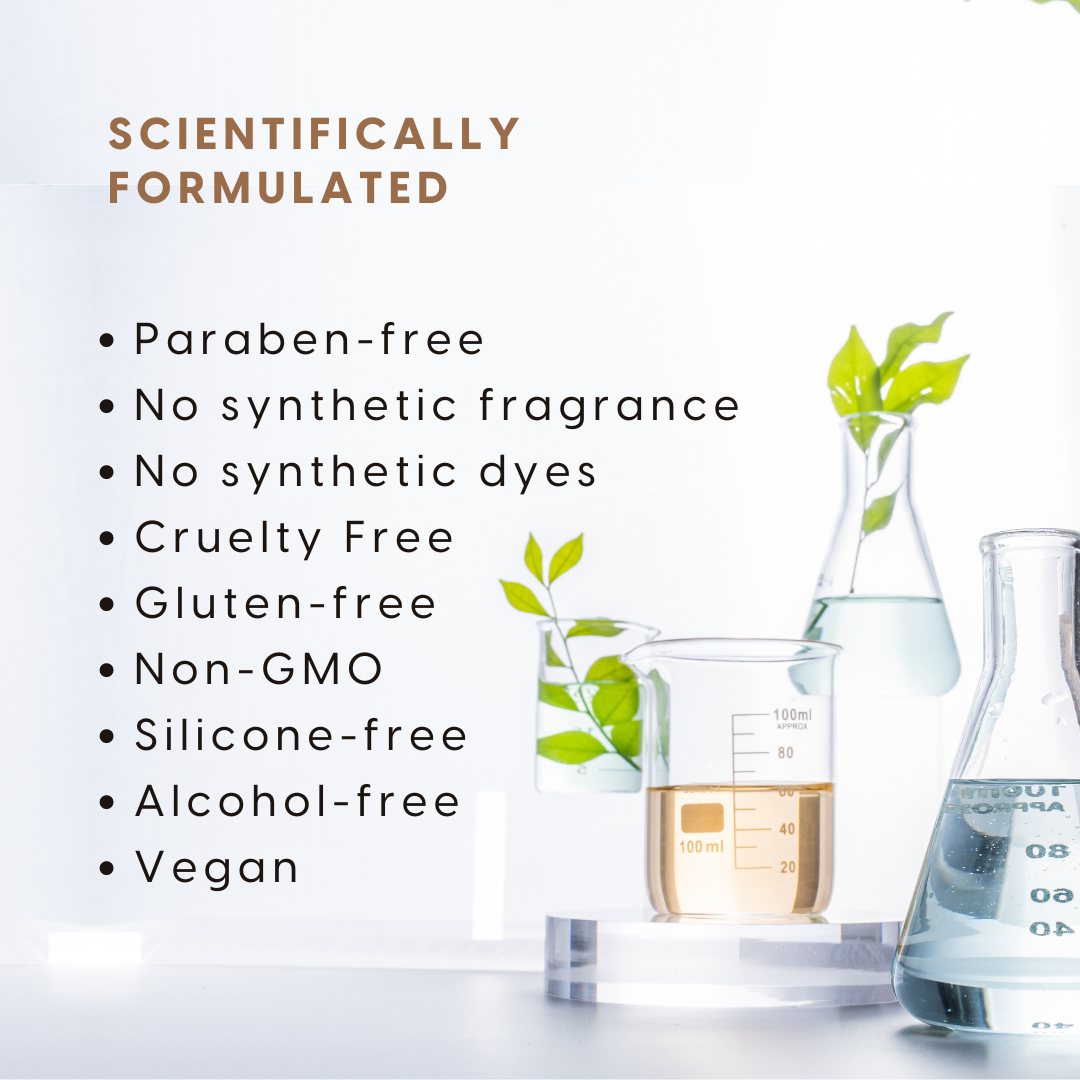


















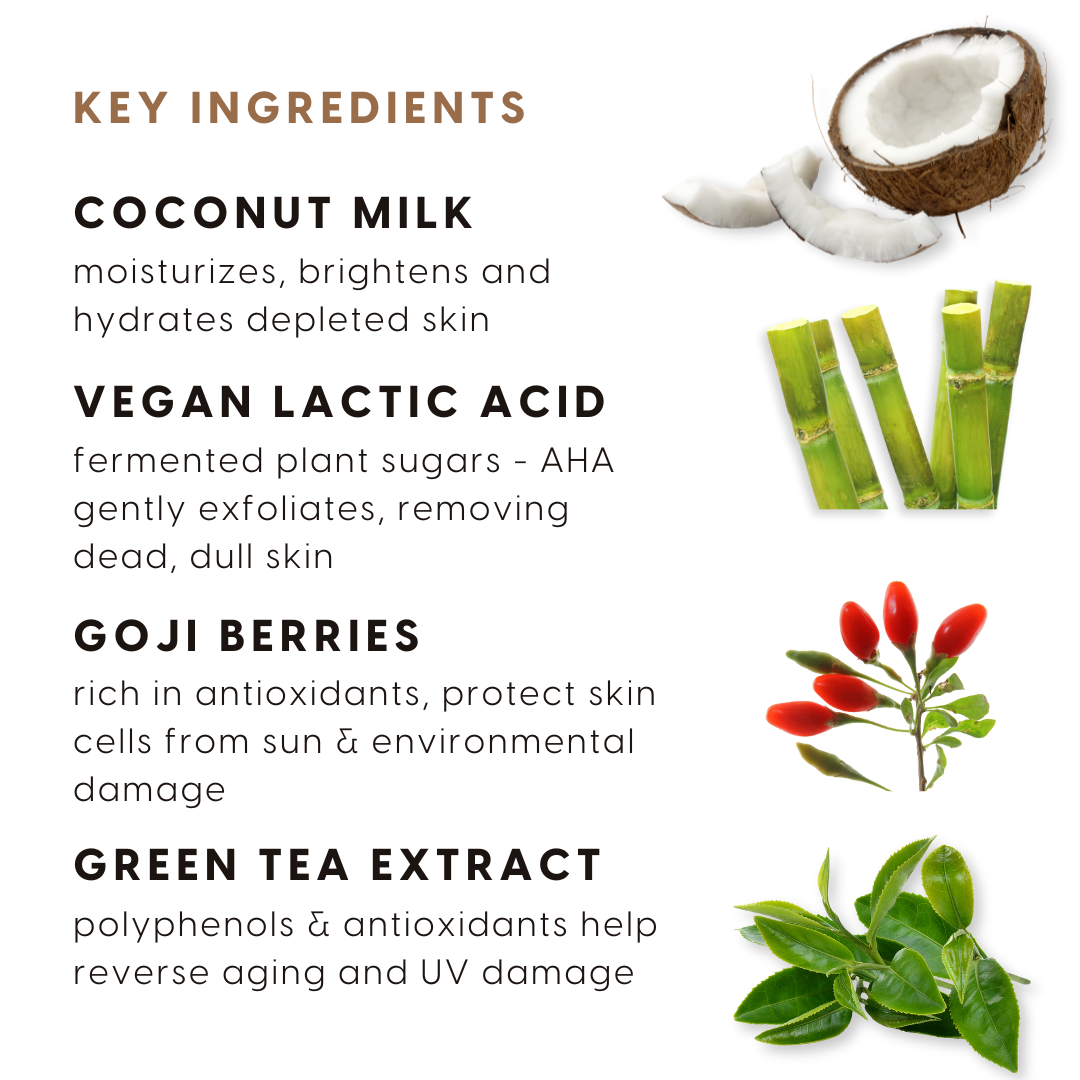

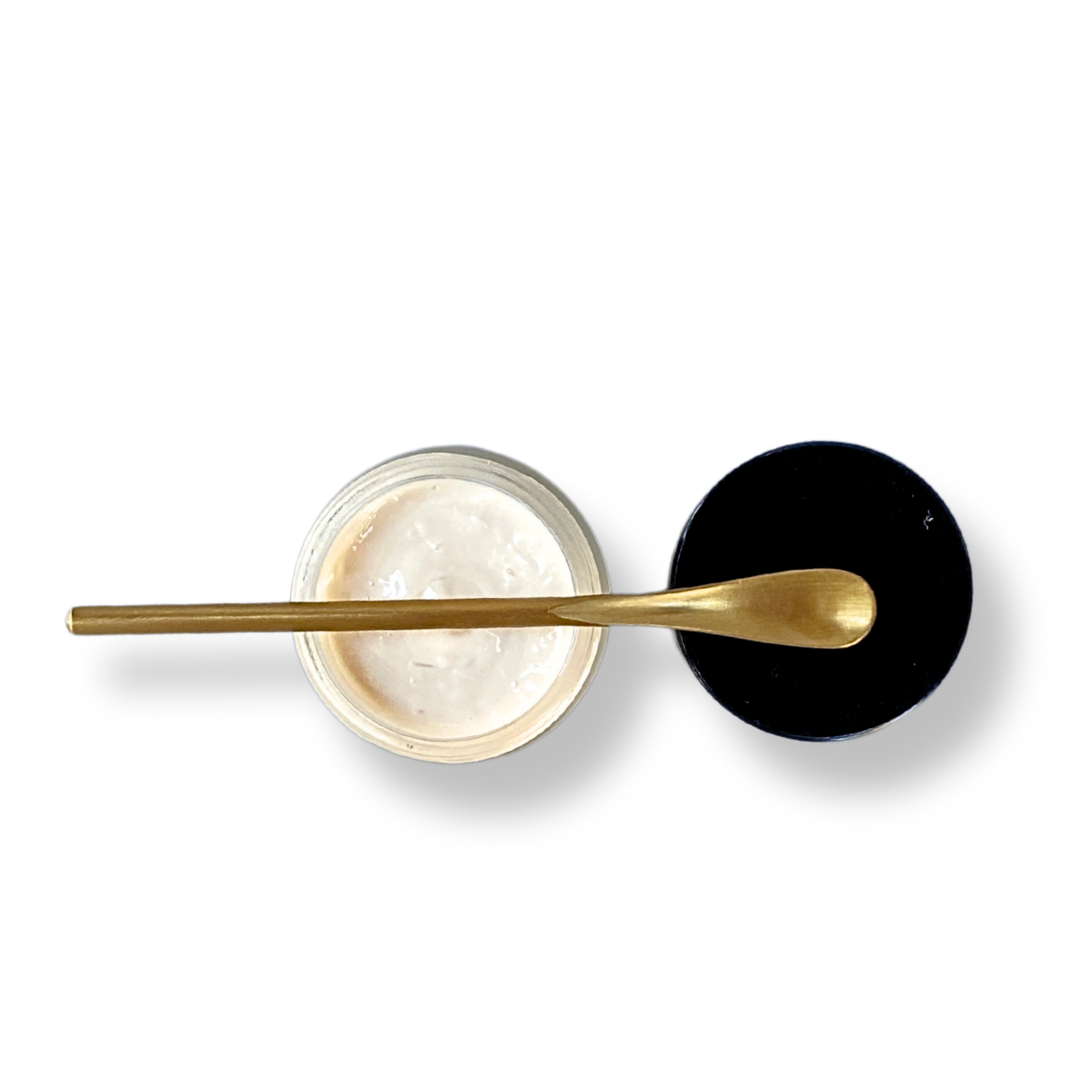
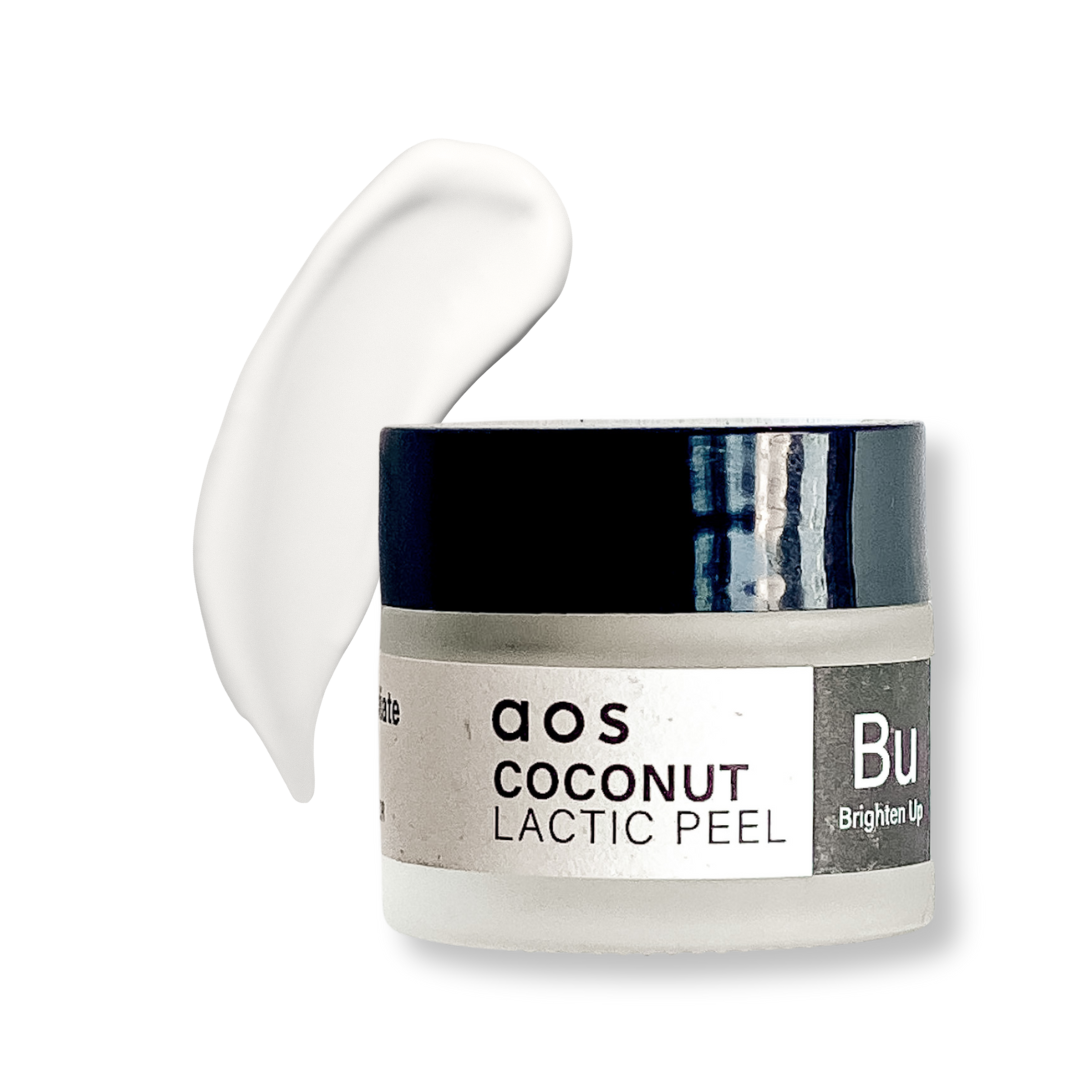








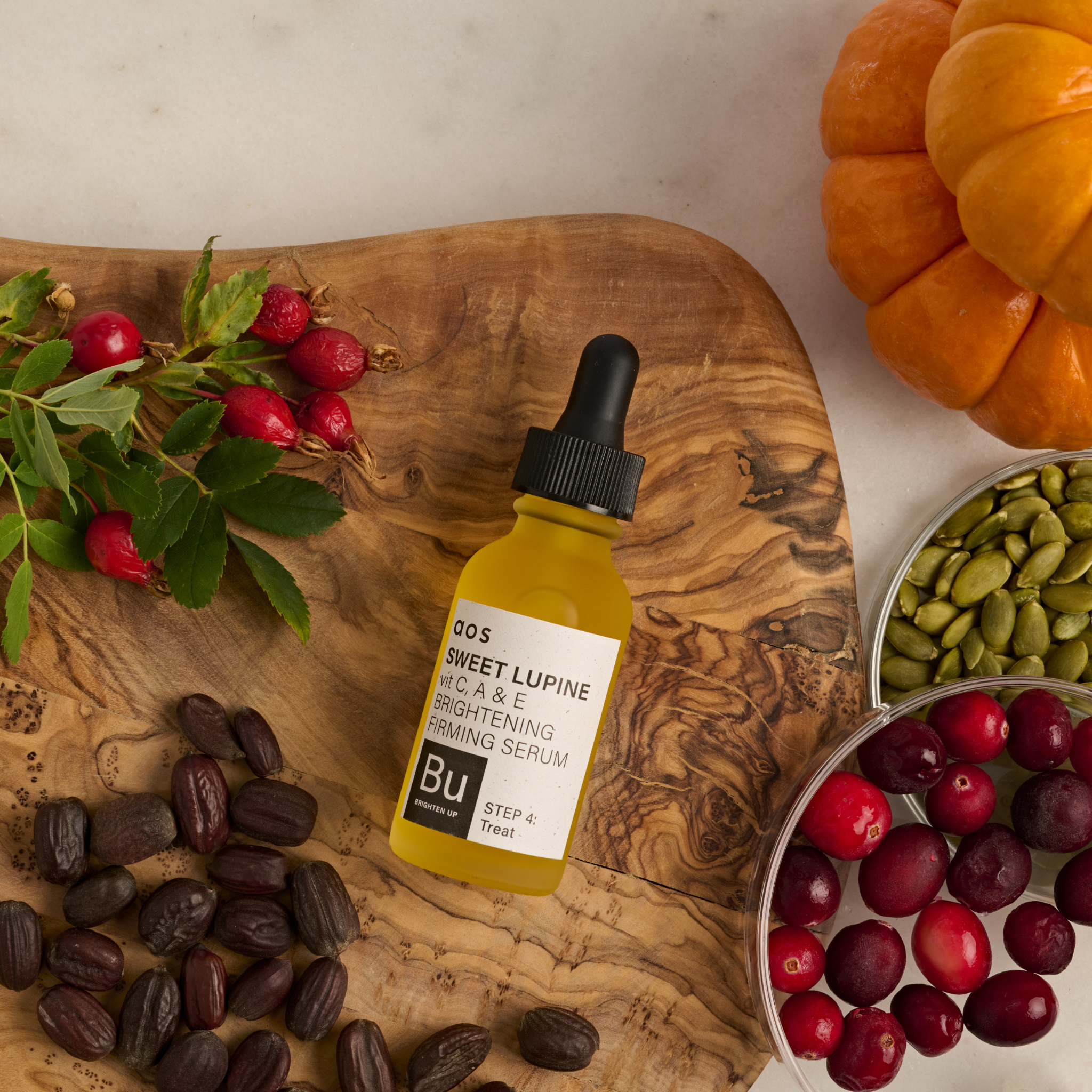

Share and get 15% off!
Simply share this product on one of the following social networks and you will unlock 15% off!